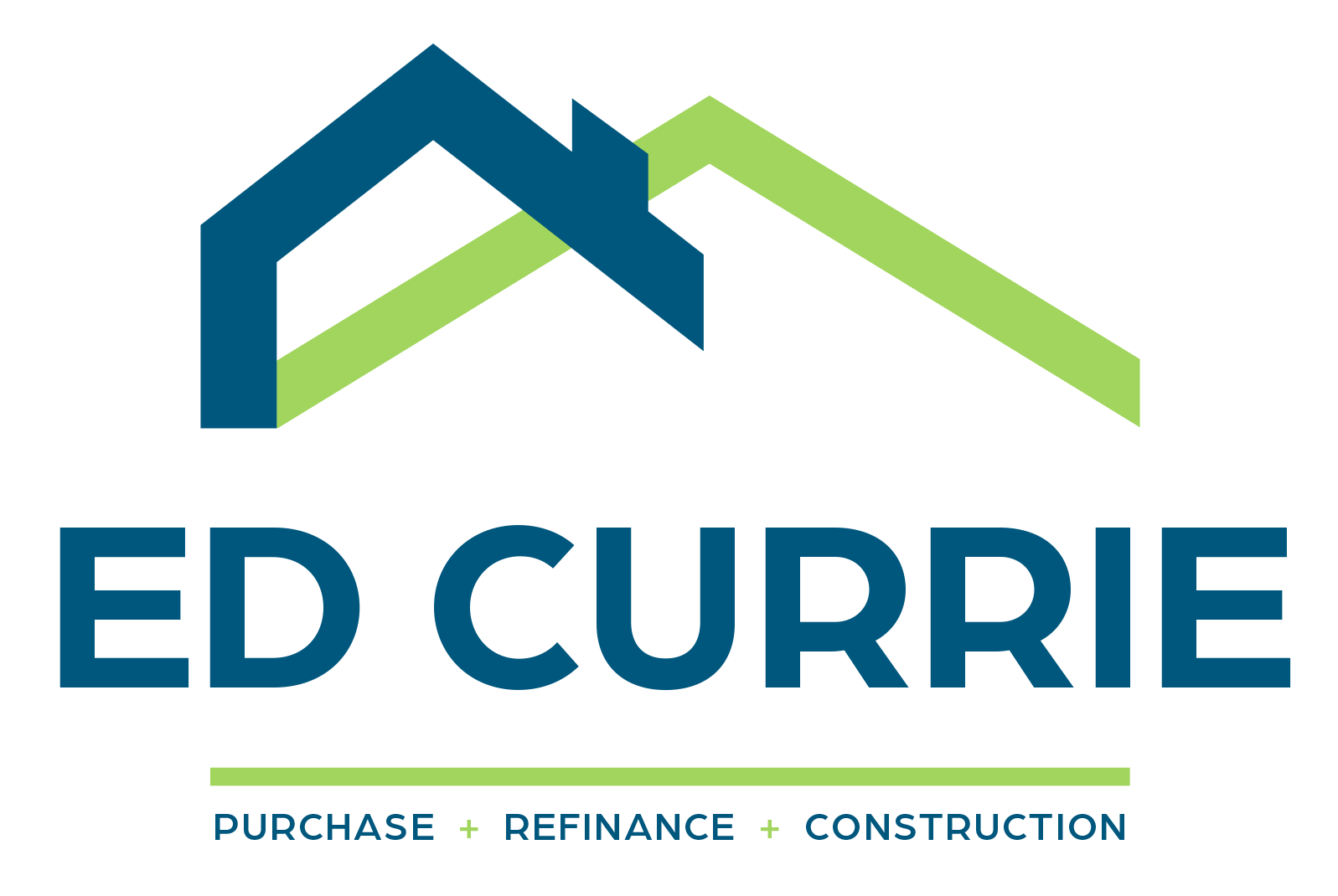 When financing a construction project, most borrowers focus on interest rates and loan terms—but compliance costs can be just as significant. These expenses stem from regulations, permits, and lender requirements designed to ensure a smooth and legally sound building process. Understanding these costs upfront can help you avoid surprises and keep your project on budget.
When financing a construction project, most borrowers focus on interest rates and loan terms—but compliance costs can be just as significant. These expenses stem from regulations, permits, and lender requirements designed to ensure a smooth and legally sound building process. Understanding these costs upfront can help you avoid surprises and keep your project on budget.
What Are Compliance Costs?
Compliance costs are expenses related to meeting legal, regulatory, and lender requirements throughout the construction process. These can vary based on location, project scope, and loan type. While they may seem like just another line item, failing to account for them can cause delays and financial headaches.
Key Compliance Costs in Construction Financing
- Permitting Fees
Before construction begins, you’ll need permits for zoning, environmental impact, and building codes. Local governments charge fees for these approvals, and costs can increase if revisions are required.
- Inspections and Appraisals
Lenders require periodic inspections before releasing loan funds. Additionally, appraisals ensure that the completed home will align with its projected value. If delays occur, you may need multiple inspections, adding to your overall costs.
- Title and Legal Fees
A construction loan often requires additional title work to ensure clear ownership and proper lien placement. Legal fees for reviewing contracts, addressing zoning issues, or resolving disputes can also add up.
- Builder’s Risk and Liability Insurance
Lenders typically require builder’s risk insurance to cover potential damage during construction. Liability insurance is also necessary to protect against accidents or injuries on the site. These policies vary in cost based on project size and location.
- Environmental and Impact Fees
Certain projects require environmental assessments or impact studies, especially in areas with strict land-use regulations. Some municipalities also charge impact fees to offset the cost of new infrastructure like roads and utilities.
- Change Orders and Rework Costs
If your plans change after financing is approved, you may need to resubmit permits or get additional lender approvals. These changes can come with administrative fees, extra inspections, and potential rework costs.
How to Manage Compliance Costs Effectively
Budget for Compliance from the Start – Work with your builder and lender to estimate all potential compliance-related expenses.
Stay on Top of Permits and Approvals – Delays in securing permits can push back your timeline and increase carrying costs.
Choose Experienced Professionals – A knowledgeable builder and lender can help you navigate regulations efficiently.
Plan for Contingencies – Unexpected compliance costs can arise, so having a financial buffer is essential.
While compliance costs may seem like a burden, they play a crucial role in ensuring your construction project is legally sound and financially secure. Understanding these expenses upfront can help you stay on track and avoid costly surprises.




![EdCurrie_Logo White[Transparent] EdCurrie_Logo White[Transparent]](https://edcurrie.com/wp-content/uploads/elementor/thumbs/EdCurrie_Logo-WhiteTransparent-qybu3sjgpfhje9098uitv7fpt7os2hgn52gfy6ocx4.png)